Summary Welcome to the LitCharts study guide on J. D. Salinger’s The Catcher in the Rye. Created by the original team behind SparkNotes, LitCharts are the world’s best literature guides. The Catcher in the Rye: Introduction A concise biography of J. D. Salinger plus historical and literary context for The Catcher in the Rye.
The Catcher in the Rye Enigma by James Morcan | Goodreads
This video explains and illustrates various literary devices/figurative language that is important for “Catcher in the Rye.”

Source Image: youtube.com
Download Image
Edmont Hotel. Rundown hotel in which Holden stays. The building represents the uglier side of New York City, and its ugliness is reinforced in a scene involving a prostitute named Sunny and one in

Source Image: raptisrarebooks.com
Download Image
Theme: Definition, How It Works & Examples In Writing
The late, great literary critic Frank Kermode once described The Catcher in the Rye as having a ‘built-in death wish’, and a Freudian analysis of Salinger’s novel might analyse Caulfield’s desire to flee from adult society with its responsibilities and challenges into an earlier childhood stage of innocence as symptomatic of his
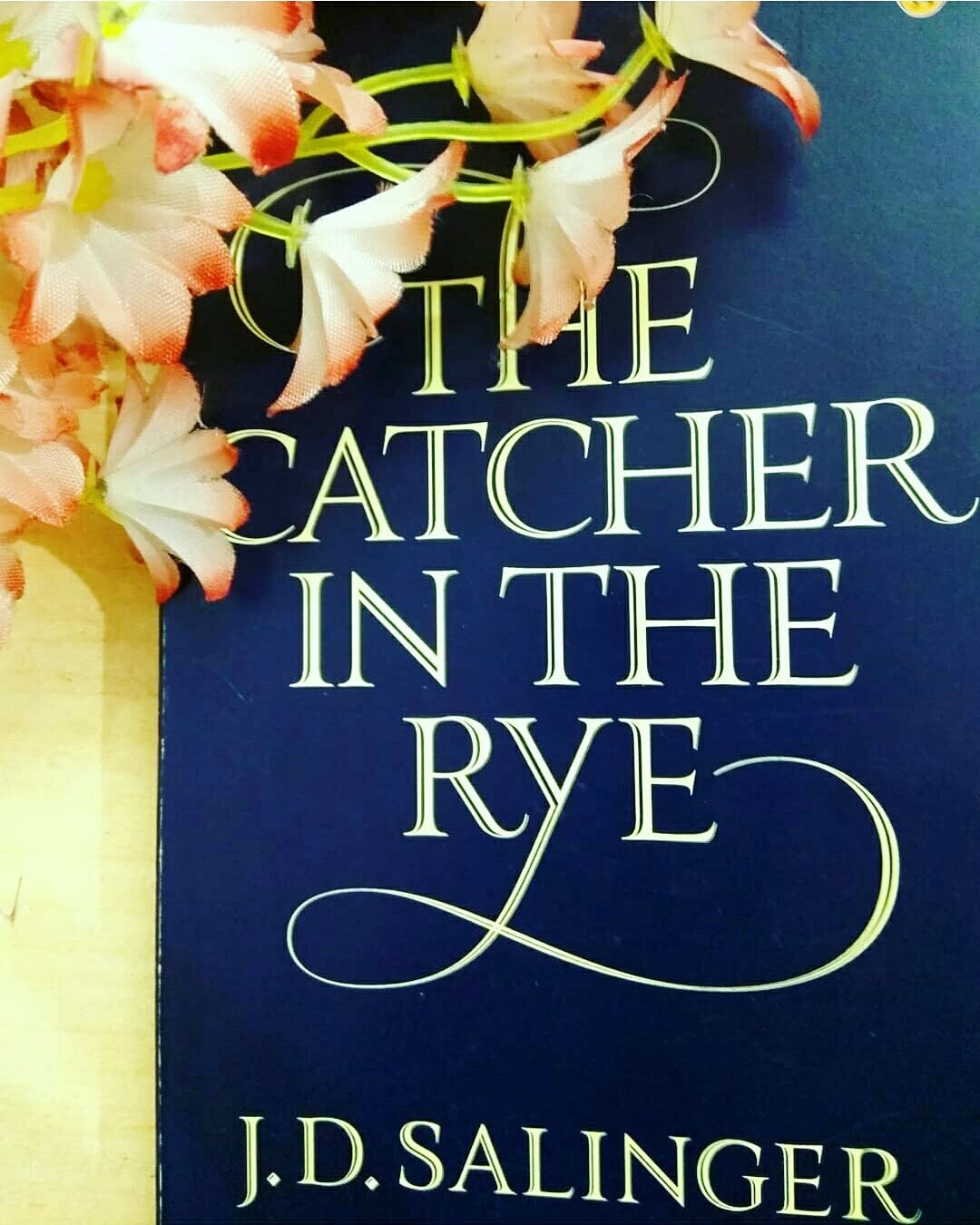
Source Image: medium.com
Download Image
Literary Devices In Catcher In The Rye
The late, great literary critic Frank Kermode once described The Catcher in the Rye as having a ‘built-in death wish’, and a Freudian analysis of Salinger’s novel might analyse Caulfield’s desire to flee from adult society with its responsibilities and challenges into an earlier childhood stage of innocence as symptomatic of his
Allusion. Allusion is a literary technique in which an author references or indirectly refers to another artistic work or historical event. The very title “The Catcher in the Rye” is an allusion to a Robert Burns song “Comin’ Thro’ the Rye.” However, Salinger substitutes the word “catch” for the word “meet” in the original song lyric.
Reviewing the classic: The Catcher in the Rye | by Soumya Tiwari | Amateur Book Reviews | Medium
The novel employs a range of literary devices, including symbolism, irony, and stream-of-consciousness narration, to create a raw and authentic portrayal of teenage angst and alienation. In this guide you’ll learn: Themes Use of Literary Devices Examples of Literary Devices Symbolism Irony Stream-of-Consciousness Foreshadowing Imagery Allusion
Literary Devices within Catcher in the Rye by Clarissa Punla on Prezi Next
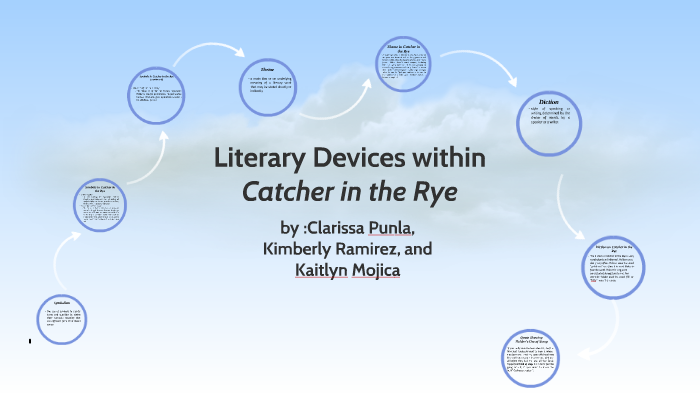
Source Image: prezi.com
Download Image
Quick Review: Catcher in the Rye – and what to read instead!
The novel employs a range of literary devices, including symbolism, irony, and stream-of-consciousness narration, to create a raw and authentic portrayal of teenage angst and alienation. In this guide you’ll learn: Themes Use of Literary Devices Examples of Literary Devices Symbolism Irony Stream-of-Consciousness Foreshadowing Imagery Allusion
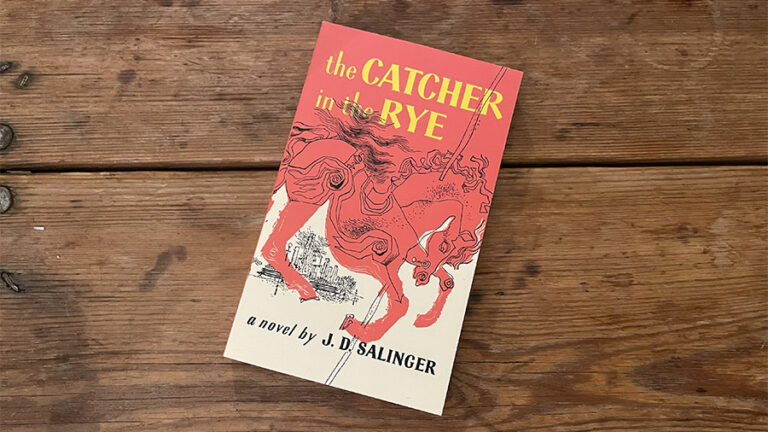
Source Image: bjornsbooklab.com
Download Image
The Catcher in the Rye Enigma by James Morcan | Goodreads
Summary Welcome to the LitCharts study guide on J. D. Salinger’s The Catcher in the Rye. Created by the original team behind SparkNotes, LitCharts are the world’s best literature guides. The Catcher in the Rye: Introduction A concise biography of J. D. Salinger plus historical and literary context for The Catcher in the Rye.

Source Image: goodreads.com
Download Image
Theme: Definition, How It Works & Examples In Writing
Edmont Hotel. Rundown hotel in which Holden stays. The building represents the uglier side of New York City, and its ugliness is reinforced in a scene involving a prostitute named Sunny and one in

Source Image: bloggingtips.com
Download Image
Aqua-Vitaed: “The Catcher in the Rye” and the Omnipresent Theme of Death
Style, Literary Devices, and Tone in The Catcher in the Rye. Salinger makes use of several literary devices in The Catcher in the Rye. These include slang, narrative point of view, and symbolism. The first, slang, is a prominent feature of Salinger’s writing in this novel. As well as one of the main reasons the novel was rejected by critics
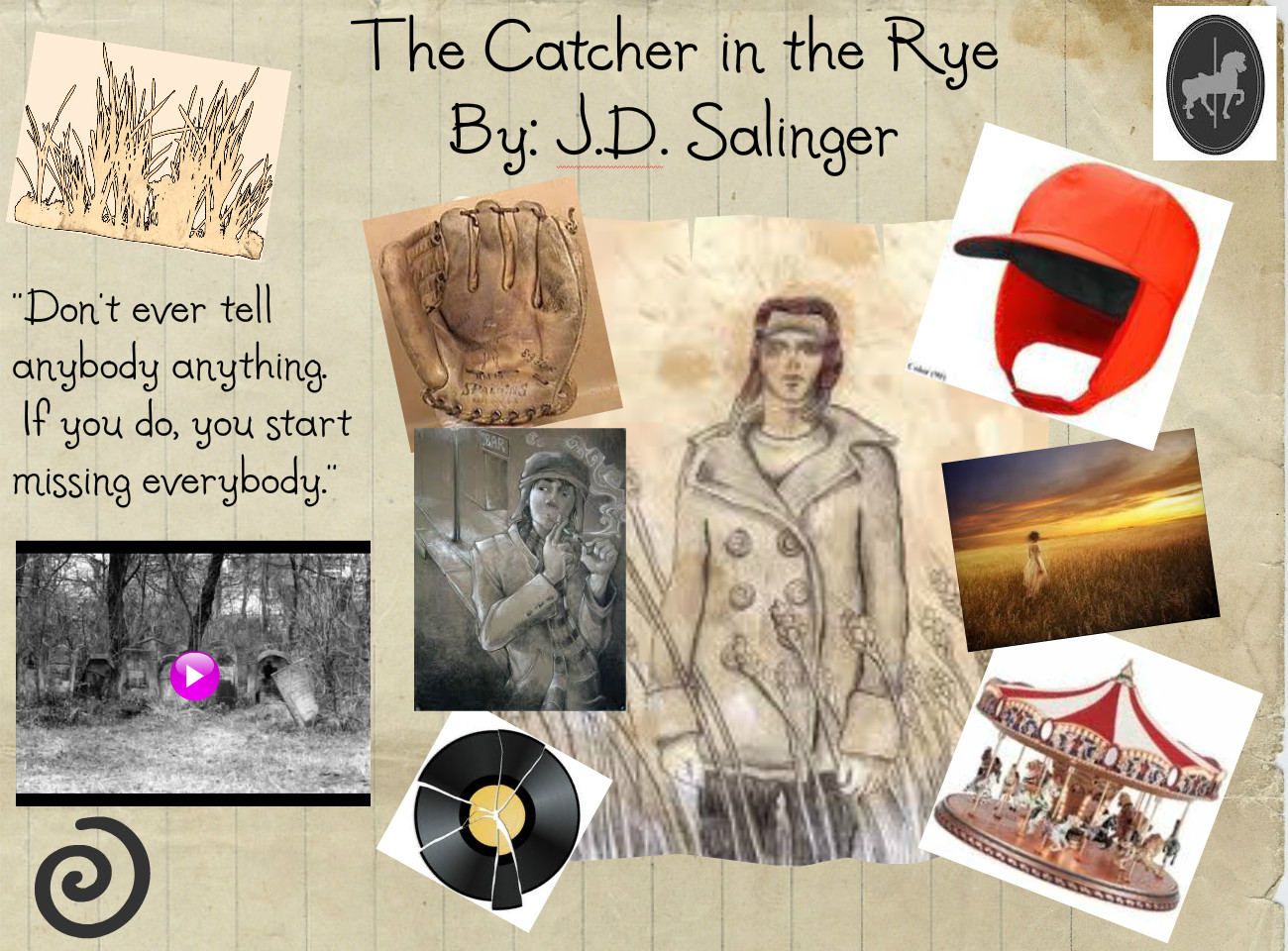
Source Image: aquavitaed.blogspot.com
Download Image
What is a Literary Device? » Ghostwriters & Co
The late, great literary critic Frank Kermode once described The Catcher in the Rye as having a ‘built-in death wish’, and a Freudian analysis of Salinger’s novel might analyse Caulfield’s desire to flee from adult society with its responsibilities and challenges into an earlier childhood stage of innocence as symptomatic of his
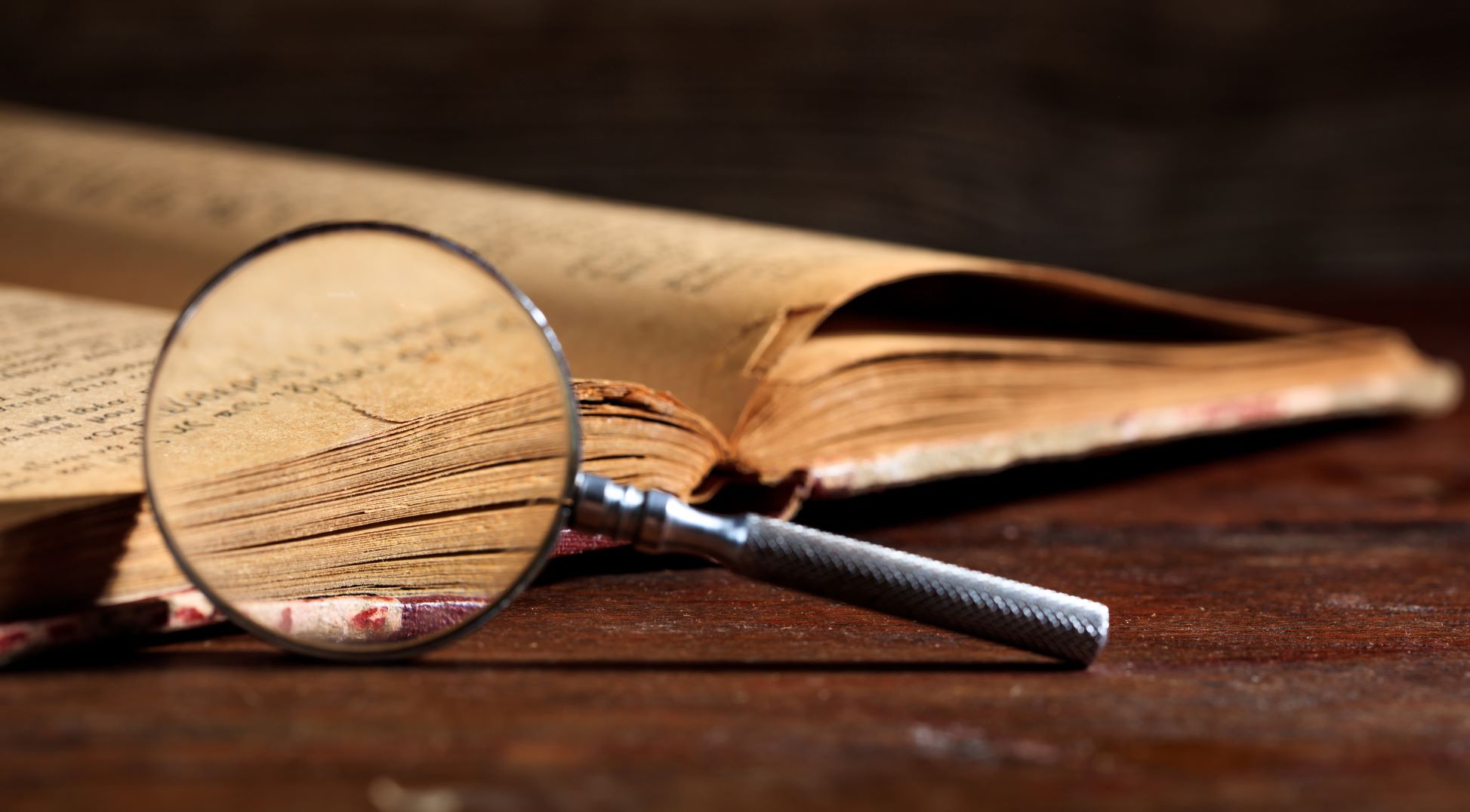
Source Image: ghostwritersandco.com
Download Image
J.D Salinger’s The Catcher in the Rye: a literary analysis and criticism | by lb; girlgotnoidentity | Medium
Allusion. Allusion is a literary technique in which an author references or indirectly refers to another artistic work or historical event. The very title “The Catcher in the Rye” is an allusion to a Robert Burns song “Comin’ Thro’ the Rye.” However, Salinger substitutes the word “catch” for the word “meet” in the original song lyric.

Source Image: girlgotnoidentity.medium.com
Download Image
Quick Review: Catcher in the Rye – and what to read instead!
J.D Salinger’s The Catcher in the Rye: a literary analysis and criticism | by lb; girlgotnoidentity | Medium
This video explains and illustrates various literary devices/figurative language that is important for “Catcher in the Rye.”
Theme: Definition, How It Works & Examples In Writing What is a Literary Device? » Ghostwriters & Co
Style, Literary Devices, and Tone in The Catcher in the Rye. Salinger makes use of several literary devices in The Catcher in the Rye. These include slang, narrative point of view, and symbolism. The first, slang, is a prominent feature of Salinger’s writing in this novel. As well as one of the main reasons the novel was rejected by critics